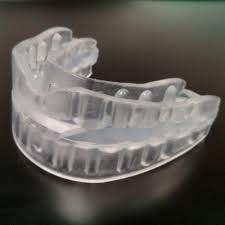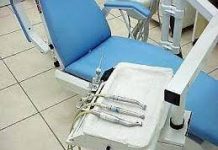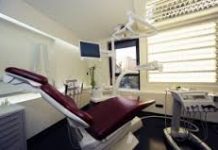Mandibular advancement splint.
Mandibular advancement devices, also known as mandibular advancement splint, sleep apnea oral appliances, oral airway dilators, jaw advancing devices and sleep apnea mouth guards, are instruments to help people with orofacial disorders that may suffer from obstructive sleep apnea (OSA), snoring, and temporomandibular joint (TMJ) disorders. Obstructive sleep apnea (OSA) is a common type of sleep apnea and is originated from complete or partial obstructions of the upper airway. It causes a reduction in blood oxygen saturation, as apneas, that means ‘without breath’, usually last from 20 to 40 seconds; snoring is another common event during sleep and, along with OSA, patients aren’t usually aware of these syndromes.
Temporomandibular joint dysfunction (TMD, TMJD) is a general term that refer to pain and dysfunction of the muscles of mastication and the temporomandibular joints, which connect the mandible to the skull.
During sleep all these events may provoke recurring awakening, bad respiration anddecreased oxygen saturation.
 Mandibular splint. The materials with which the product is made.
Mandibular splint. The materials with which the product is made.
Mandibular advancement devices are usually made up of plastic and have been studied to make teeth and jaw take a specific position: this kind of devices opens the airway by moving the mandible forward and reduces the air resistance that lead to apnea and snoring. The tongue is attached to the lower jaw behind the chin. As the jaw is moved forward, airway is held open by the forward movement of the tongue and other airway muscles.
Mandibular advancement appliance. The results.
Mandibular advancement devices are widely used by patients and it seems that results may be significant, even if other researches have to be done since effects of this therapy on dentofacial morphology have not been rigorously studied. As regards to the side effects, patients point out discomforts including dry mouth, tooth pain, and jaw pain.
At the same time, alterations of the position of the teeth and the facial skeleton may cause dental and temporomandibular joint discomfort, difficulties with chewing, and other inconveniences.
Mandibular advancement device. The results.
It seems that mandibular advancement devices are most effective in patients who have mild or moderate sleep apnea and it was recently determined that they may reduce blood pressure in patients with hypertension. Patients have to be careful also in case of false or uneven teeth, gum disease or temporo-mandibular joint dysfunction.
Alternatives to mandibular advancement devices are, for example, tongue retaining devices (TRD) and combination CPAP/dental sleep device therapy.




